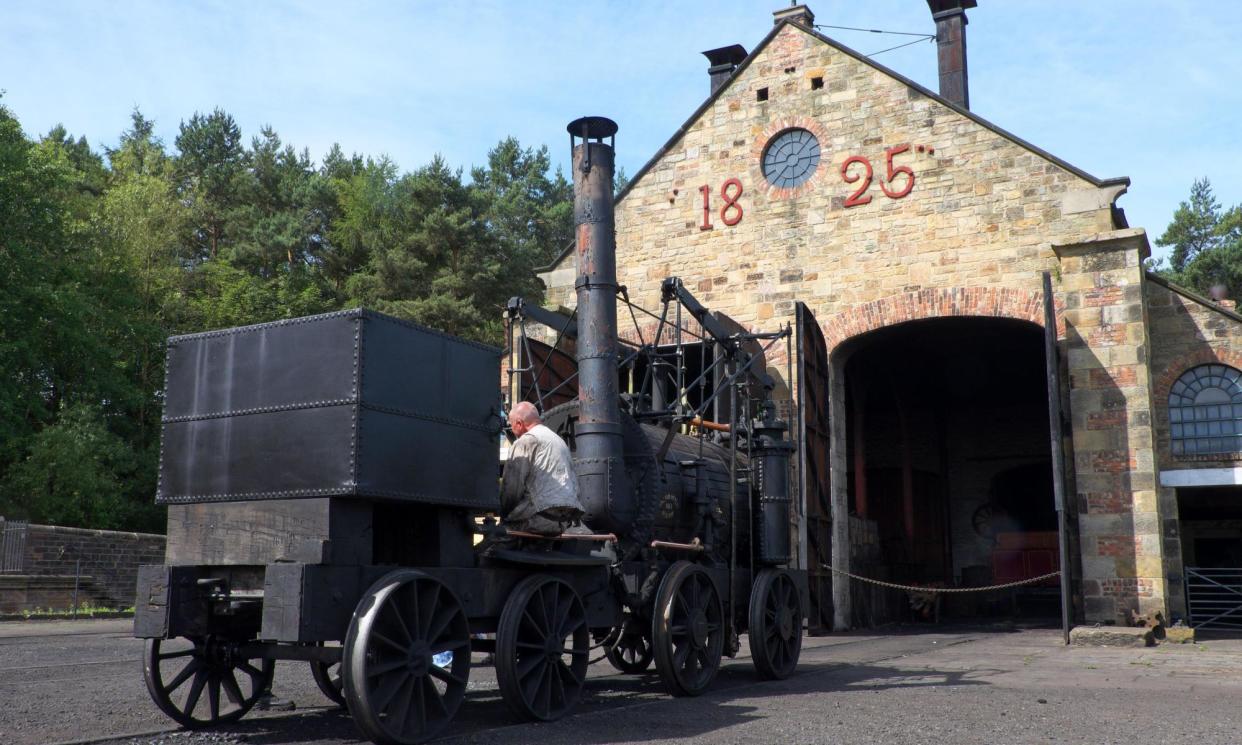Industrial Revolution began in 17th not 18th century, say academics

The Industrial Revolution started more than 100 years earlier than previously thought, new research suggests, with Britons already shifting from agricultural work to manufacturing in the 1600s.
Seventeenth century Britain can be understood as the start of the Industrial Revolution, laying down the foundations for a shift from an agricultural and crafts-based society to a manufacturing-dominated economy, in which networks of home-based artisans worked with merchants, functioning similarly to factories.
The period saw a steep decline in agricultural peasantry and a surge in people who manufactured goods, such as local artisans like blacksmiths, shoemakers and wheelwrights, alongside a burgeoning network of home-based weavers producing cloth for wholesale, according to University of Cambridge research.
Textbooks typically mark the Industrial Revolution as beginning around 1760, when mills and steam engines proliferated and technologies such as the spinning jenny were created, yet according to the most detailed occupational history of a nation ever created – built from more than 160m records and spanning over three centuries – the UK was emerging as the world’s first industrial powerhouse during the reign of the Stuarts.
Related: Industrial Revolution iron method ‘was taken from Jamaica by Briton’
The University of Cambridge’s Economies Past website uses census data, parish registers, probate records and more to track changes to the British labour force from the Elizabethan era to the eve of the first world war.
Prof Leigh Shaw-Taylor, the economic historian who led the project, said: “A hundred years has been spent studying the Industrial Revolution based on a misconception of what it entailed.
“By cataloguing and mapping centuries of employment data, we can see that the story we tell ourselves about the history of Britain needs to be rewritten.
“We have discovered a shift towards employment in the making of goods that suggests Britain was already industrialising over a century before the Industrial Revolution.”
In fact, by the early 1800s, when William Blake was writing of “dark satanic mills”, many parts of Britain were even deindustrialising as manufacturing declined in favour of coal mining, the researchers discovered.
In the 19th century the service sector almost doubled in size – a boom often thought to have begun closer to the 1950s – which spurred growth that has continued for nearly 300 years. These included sales clerks, domestic staff, professionals such as lawyers and teachers, as well as a huge increase in transport workers on the canals and railways.
“The question of why the industrial age dawned in Britain is a much-debated one, with coal, technology and empire all major factors,” said Shaw-Taylor.
“Our database shows that a groundswell of enterprise and productivity transformed the economy in the 17th century, laying the foundations for the world’s first industrial economy. Britain was already a nation of makers by the year 1700.”
The website sheds light on changes in the workforce. It observes that as much of Europe languished in subsistence farming, male agricultural workers in Britain fell by over a third (64% to 42%) from 1600 to 1740. At the same time, from 1600 to 1700, the share of the male labour force involved in goods production rose by 50% to reach 42% of all men.
This means that the share of the British labour force working in manufacturing rather than agriculture was three times that of France by 1700, Shaw-Taylor calculated. “The English economy of the time was more liberal, with fewer tariffs and restrictions, unlike on the continent,” he noted.
Adding pre-19th century data for female workers is a major next step for the project, though the researchers estimate that labour force participation for adult women was between 60% and 80% in 1760, and went back down to 43% by 1851, only returning to mid-18th century levels in the 1980s.
The website also allows users to track rates of child labour after 1851. For example, the booming textile mills of Bradford saw huge numbers of young girls put to work, with over 70% of girls aged 13 and 14 working in 1851. Sixty years later, this figure was still over 60%.
Over 40% of girls in Bradford aged 11-12 were also working in 1851, but this had fallen to nearer 10% by 1911, by which time education had been made compulsory for young children.


